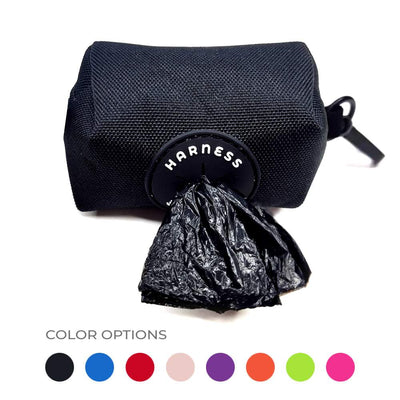What Colors Can Dogs See?

Ever wonder what the world looks like through your dog’s eyes? You’re not the only one! A lot of dog parents are curious about how their pups see the world, especially when it comes to color.
So, what colors can dogs see? Let’s dive into the science of dog vision and clear up some common misconceptions.
Can Dogs See Color?
First things first—yes, dogs can see color! There’s a common myth that dogs only see in black and white, but that’s not true. Dogs do see colors, but their color vision is different from ours.

In humans, color blindness means that someone can’t fully distinguish certain colors. Similarly, dogs have a limited range of colors they can see because of the way their eyes are built. It all comes down to specialized cells in the eyes called rods and cones. While rods help detect light and motion, cones are responsible for seeing color.
Humans typically have three types of cones that allow us to see a wide range of colors—mainly red, blue, and green. Dogs, however, have only two types of cones, which means they can see fewer colors. Their vision is referred to as dichromatic, meaning they primarily see two colors: yellow and blue.
How Does Dog Vision Compare to Human Vision?
If you’re trying to imagine what your dog’s world looks like, think of it like this: Dogs’ color vision is similar to a person who has red-green color blindness. While we humans can easily tell the difference between red and green, dogs can’t. For them, those colors blend together into shades of brown or gray.
So, what can dogs see? Here’s a quick breakdown:
- Blues, violets, and blue-greens all appear as varying shades of blue to dogs.
- Yellows are also visible and appear bright to dogs.
- Reds and greens, on the other hand, tend to look like browns or grays.
The world probably looks a bit muted and softer to them because dogs can’t distinguish between as many shades and brightness levels as humans can. This makes the world look a bit more “fuzzy” to our pups. But don’t feel bad for them—they still see and navigate the world just fine!
How Do We Know What Colors Dogs See?

Scientists have done a lot of research to understand dog vision. They’ve studied the structure of dog eyes to identify which types of cones they have, and they’ve also tested how dogs respond to different colors in behavioral studies.
Some of these experiments involve giving dogs color-based tasks to see how well they can differentiate between hues. For example, researchers might train a dog to recognize a color in exchange for a treat. By seeing which colors dogs respond to the most, scientists have been able to figure out that dogs are best at seeing blues and yellows.
Dog Vision vs. Human Vision: The Differences
While dogs might not see the full rainbow of colors that humans do, their vision is superior to ours in other ways. Here’s where dogs have the advantage:
- Motion Detection: Dogs are much better than humans at detecting motion. This is why your dog might notice a squirrel running across the yard before you even catch it in the corner of your eye.
- Low Light Vision: Dogs also see better than us in dim light or at night. Their eyes are equipped to handle low-light situations, which comes from their ancestors who needed to hunt and navigate at dusk or dawn. They have more rods in their eyes, which allows them to see well in low light, even when colors aren’t as important.
The Power of a Dog’s Nose

While your dog’s color vision might not be as sharp as yours, their sense of smell more than makes up for it. In fact, a dog’s sense of smell is incredible—it’s estimated to be between 1,000 to 10,000 times better than ours! This is why dogs rely so heavily on scent when exploring their environment.
Dogs use their noses as their main way of navigating the world. While we might rely on our sight the most, dogs lead with their sense of smell. So even though their color vision is more limited, their super-powered noses help them gather all the information they need.
Why This Matters for Dog Parents
Understanding how dogs see the world can actually be super helpful when it comes to choosing toys, bedding, or even planning activities for your pup. Since dogs see yellows and blues best, it’s a good idea to pick toys in those colors. A bright yellow ball or a blue rope toy is going to be much easier for your dog to spot, especially in a grassy backyard where reds and greens blend together for them.
You can also keep in mind that your dog might be more focused on smells and movement than visual details. So, while they may not see the vivid red of their favorite toy, they’ll definitely know

In short, dogs can see colors, but their world is mostly made up of blues, yellows, and shades of gray. They don’t see reds and greens like we do, but that doesn’t hold them back. Their heightened sense of smell and ability to detect motion helps them navigate the world just fine.
As dog parents, it’s fun to imagine what life looks like through our pup’s eyes. And now that you know a little more about how dogs see color, you can make better choices for your furry friend when it comes to picking toys, planning adventures, and understanding how they experience the world around them.
At Joyride Harness, we’re all about making life easier for dog parents. Our blog is full of tips and fun facts like these to help you understand your pup better. Whether it’s learning about your dog’s vision or finding the perfect gear for your next walk, we’ve got you covered!





















